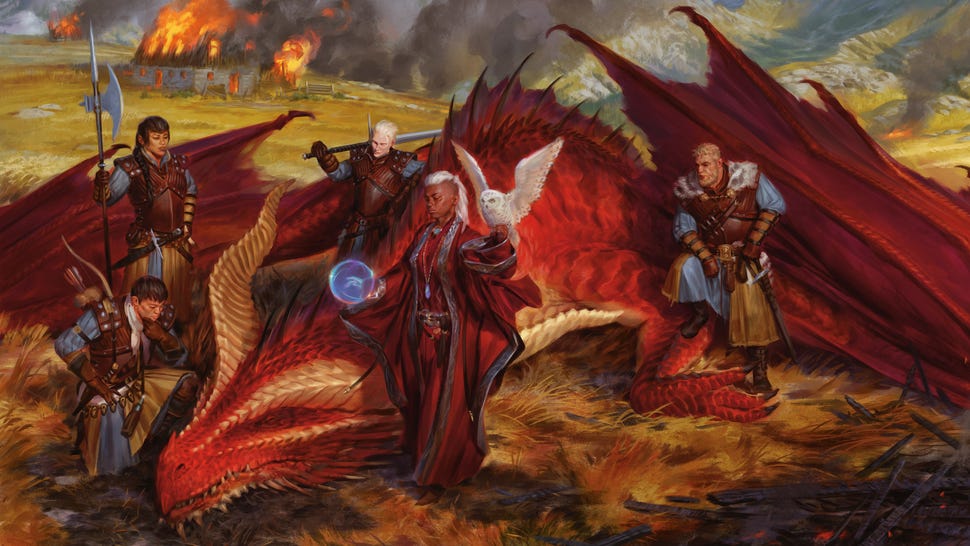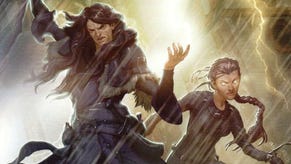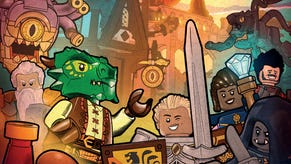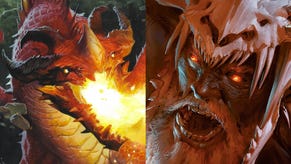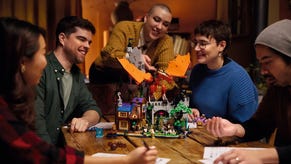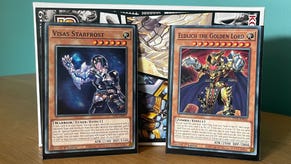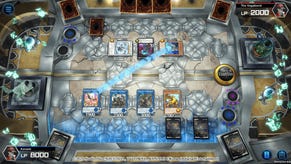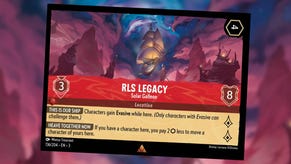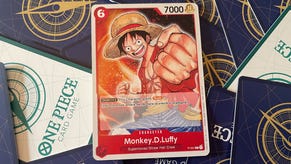D&D classes: Which character class to choose in Dungeons & Dragons 5E
From barbarian to wizard, how to decide what to play.
Which Dungeons & Dragons class you choose for your character might just be the most important aspect of character creation. The D&D class you select for your character will define how they interact with the world of the tabletop roleplaying game. Your character class determines aspects such as character stats, available abilities and what kind of equipment you can use – so it’s a weighty decision to make.
Every class in D&D will have their own collection of subclasses, which are specific routes of character development, under various names – these can help you to further customise your character within their chosen class. However, in general, all the classes in the RPG are framed around the same sorts of gameplay mechanics regardless of which subclass you choose.
Dungeons & Dragons classes
The class you select for your character will depend on the kinds of gameplay aspects you want your character to – eventually - excel at, whether that’s magic, stealth, charm, melee combat or something else. There is at least one class for each major way of approaching the fantasy roleplaying game, with some approaches having multiple classes that fit. It is possible to create a character with dual classes but that definitely complicates things to a degree we wouldn’t recommend to less experienced players.
If this is your first D&D character or you’re simply looking for a change, here’s how to decide which D&D class to choose.
Barbarian
Large 'n' in charge
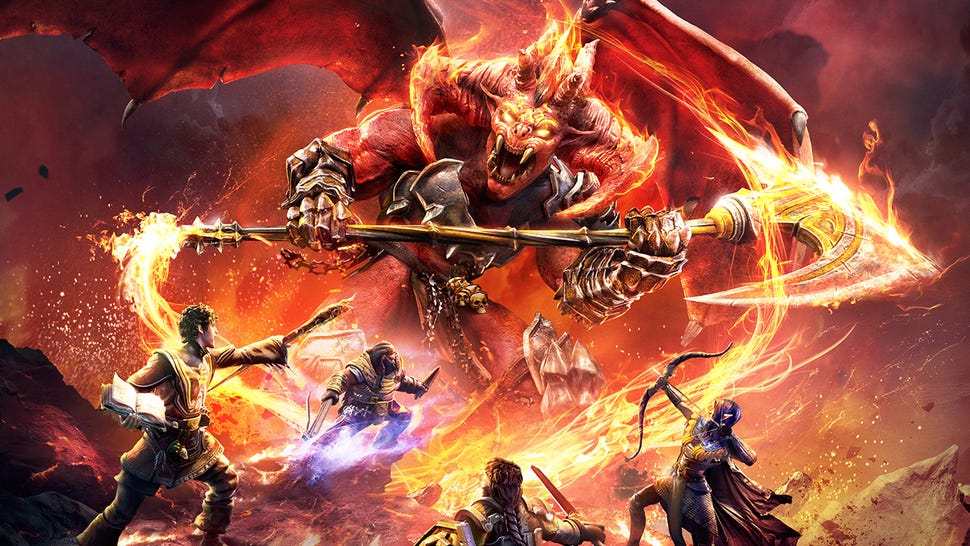
Dungeons & Dragons’ barbarian class is an amalgamation of many classic tropes we associate with warriors: loincloth, muscles, furry halter-top, double-bladed axe. Barbarians are essentially the hippos of the D&D class world - bloody enormous and incredibly aggressive. They’re a class that’s built to cut down hordes of smaller enemies, dealing huge amounts of damage with each hit and shaking off any melee damage dealt to them.
Barbarians are defined by their unique rage ability, which enables them to apply advantage rolls and damage bonuses to melee attacks - as well as benefit from having resistance to bludgeoning, piercing and slashing damage. Rage wears off if a barbarian has not attacked or taken damage during the course of their turn, which means that barbarians are at their best when they’re constantly exchanging damage.
Thanks to the bulkiness of the barbarian - the class uses a d12 when rolling their hit or healing dice - and their damage resistances, they’re probably one of the most durable D&D classes to play as well.
If you’ve imagined your character wading through hordes of squatters, swinging some monstrous weapon, then the barbarian is a good fit for that.
Bard
We all just wanna be big rockstars
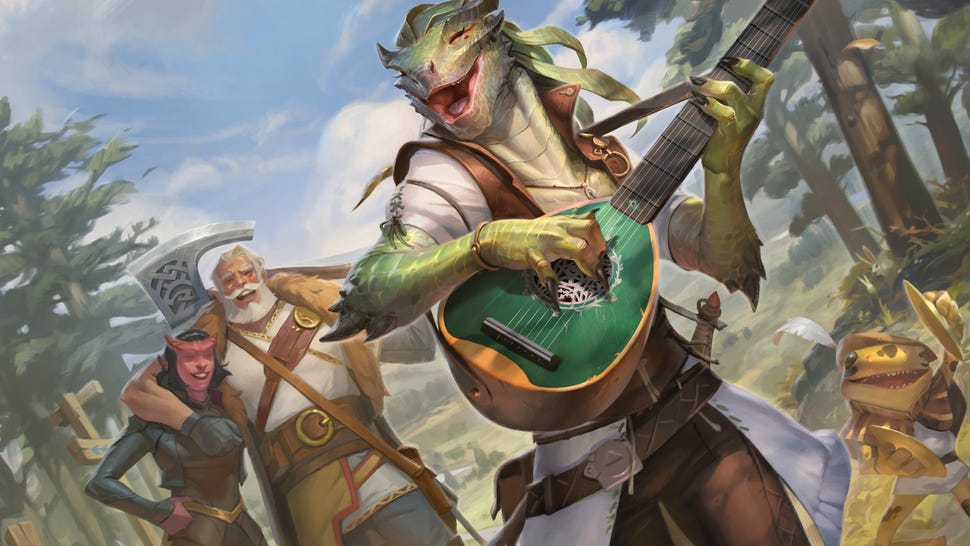
The bard is the D&D class for anyone who ever dreamed of getting a crowd to their feet with charming words and, of course, a voice worthy of making angels weep.
Whilst many Dungeons & Dragons classes have a mixture of both practical and combat-focused skills, some classes do fall into one or the other. The bard is the ultimate utilitarian class - possessing feats, skills and spells that are almost entirely useless during combat. For example, Knock, a spell that automatically unlocks any door, won’t do much in a fight. However, this doesn’t mean they can’t do anything mildly offensive - after all, they can cast a spell that literally harms enemies through mockery.
The ability unique to this class is bardic inspiration, which enables the player to gift an inspiration die to another, which they can then roll before adding the total to any attack, saving throw or ability check they attempt in the future. This ability will gradually improve as you level up, allowing the bard to use this feature more often and changing the die from a d6 to a higher die.
If you want your character to be a jack-of-all-trades supporter, the bard class is for you. Figure out how to make a bard in D&D 5E using our class guide.
Cleric
An especially blessed class
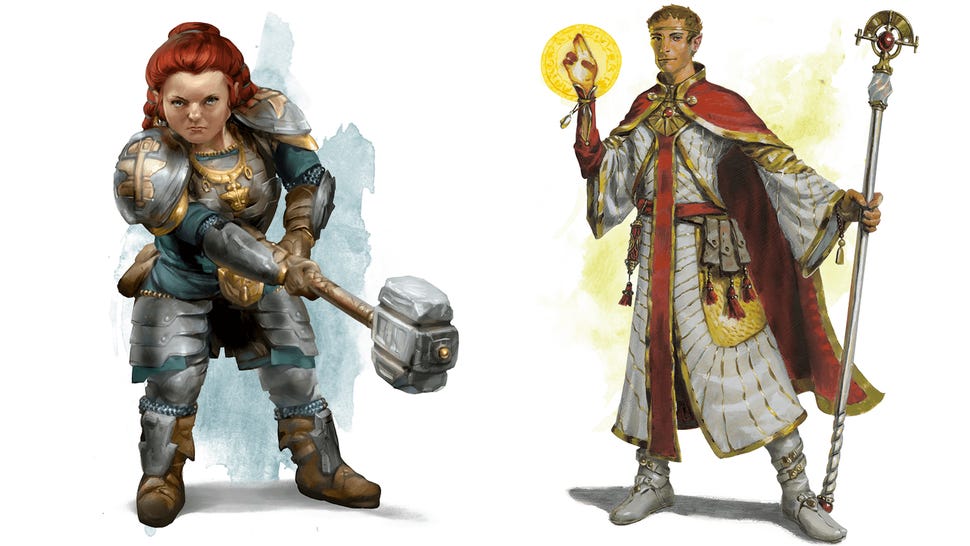
All spellcasting classes in D&D owe their magical abilities to a specific type of power. Whilst the other classes rely on sources such as pacts with demons - which is the case with the warlock class - and tainted bloodlines, which is how sorcerers are made, the cleric relies on the support of a holy entity. Thanks to their chosen deity clerics can shoot literal holy fire at their enemies, heal their friends and smite non-believers.
Clerics may be known as the default healers of Dungeons & Dragons - and in many cases, they are - but they have the potential to be so much more than that thanks to the variety of divine domains they can choose to follow. Which divine domains a cleric chooses will determine the general direction their character’s development follows, both in regard to spells and abilities as they tend to each focus on different flavours of magic. For example, the knowledge domain grants clerics spells that enable them to acquire information such as the Speak with Dead spell, which enables a character to have a brief chat with spirits or undead.
Where each divine domain really shines is with the Channel Divinity spell which - depending on the cleric’s chosen deity - can produce a drastically different effect when cast, ranging from healing another character to taming beast or fauna. This means that the cleric is arguably the most customisable class in D&D 5E, making it a solid choice regardless of which domain and weaponry you choose to wield.
If you fancy making a cleric, then be sure to refer to our guide for the cleric in 5E.
Druid
Turn from a froggy to a doggy
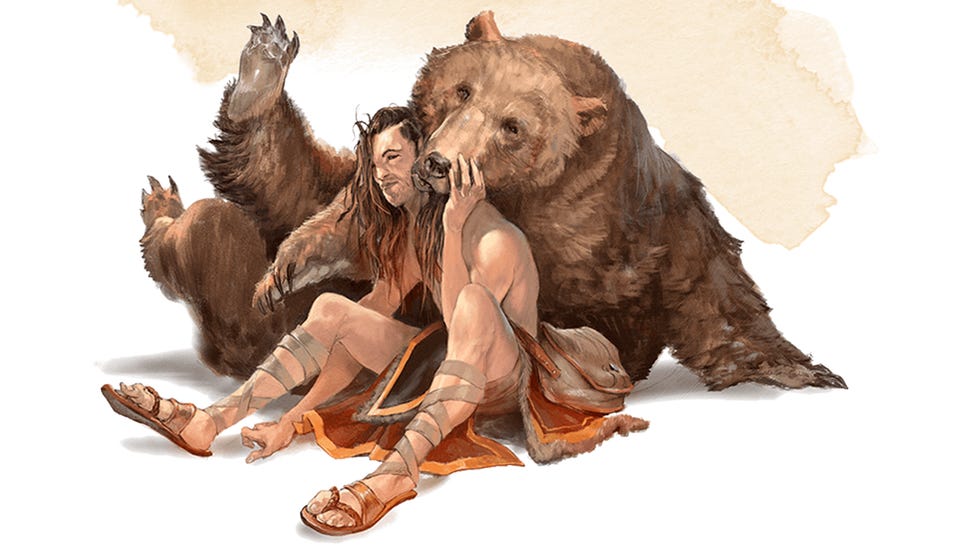
Born and raised in Mother Nature’s own mud, druids call upon the powers of nature to cast spells and perform abilities like creating stinking clouds of poisonous gas and summoning plagues of biting insects.
Druids have a reputation amongst the Dungeons & Dragons community as being incredibly powerful at higher levels. Whilst somewhat limited to begin with, druids can quickly grow into powerful characters by gaining access to a collection of impressive spells, which they can then partner with their ultimate ability: Wild Shape.
At second level, druids can change their shape into a beast of their choice - with limits - gaining that beast’s stats and abilities. Whilst the beasts you have access to at the game’s burgeoning levels are kind of rubbish - think wolves, rats and the like - once things start kicking off in the higher levels your character is capable of turning into a woolly mammoth or gigantic hippo.
If you picture your D&D character as primarily a magical and physical damage-dealer, with some cool little tricks on the side, then druid is your pick. Learning how to create a druid is simple with our druid 5E guide.
Fighter
Become a walking arsenal
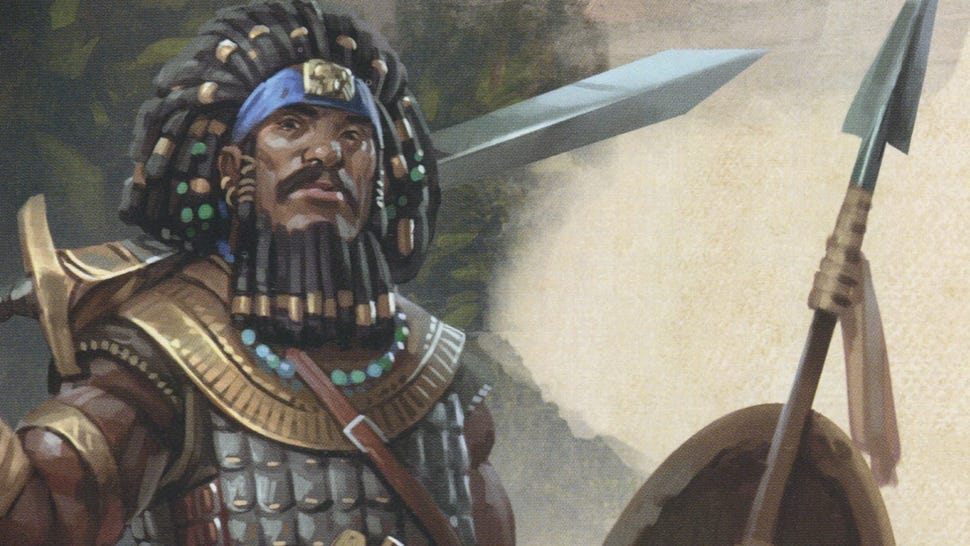
Fighters are Dungeons & Dragons weapon experts, as they’re immediately capable of swinging or shooting pretty much any weapon and certainly don’t hold back when it comes to laying out hits.
Fighters are a formidable D&D class to play on the battlefield, capable of carrying an entire team of adventurers through a combat encounter. The combination of their two key features - action surge, which enables a fighter to perform two actions a turn, and second wind, which enables a fighter to use a bonus action to heal during a turn - is incredible because it allows them to dole out several attacks a turn without having to move out of danger.
If you choose to play as a fighter, you can also expect to gain a ton of ability score increases with each level-up thanks to your fighting specialisation, which will improve your character as a whole.
In other words, if being able to carry an entire armory’s worth of weaponry is what you want out of your D&D character then the fighter is your ideal class. Our fighter 5E guide will help you create one.
Monk
Wield fists of fury

Though monks can wield weapons, they’re perfectly capable of dealing damage with their bare hands. As a class they can also gain the ability to deal more damage or trigger awesome effects if they choose to fight without a weapon.
Monks don’t have a single outlining ability to set them apart from other combat-focused D&D classes like the fighter. Instead, they can use something called Ki points to perform certain manoeuvres in battle. These manoeuvres manifest as abilities that enable a monk to better navigate the battlefield and augment their existing attacks. For example, Flurry of Blows allows a monk to perform two unarmed strikes immediately after attacking on their turn. This trend continues as a monk levels up, gradually learning more manoeuvres and building up an impressive collection of combat options.
Playing a monk isn’t for those who desire instant gratification; it’s for the D&D player who favours strategic combat options.
Paladin
Embark on a holy mission
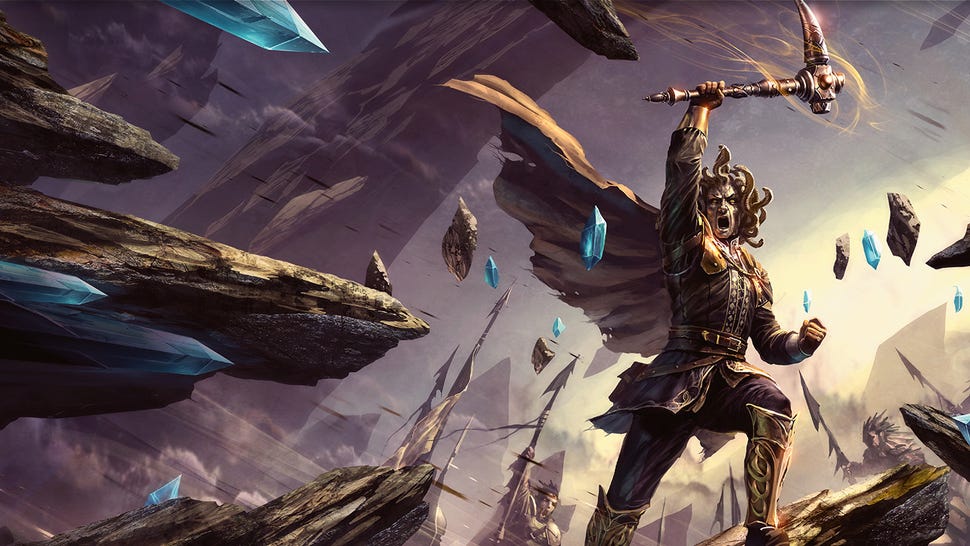
Paladins may appear very similar to clerics - and in many ways, they are - but they do have a few unique aspects that set them apart as a class.
If your character is a paladin they’ll be able to take a lot more of a beating than a cleric can, thanks to their hit points being rolled using a d10 rather than a d8. Furthermore, their Channel Divinity abilities tend to focus a lot more on attacking and aggressive status effects than supportive ones.
Paladins choose to follow an oath that determines their designated ‘holy quest’ so they’re not so much dedicated preachers of a particular deity, but rather enthusiasts of a certain way of living. Including a paladin in your D&D party is not a bad shout, particularly when it comes to combat, as the mix of meaty attacks and offensive spellcasting makes for a reliable battle partner.
If you want to look out for your friends in the mist of battle, then it sounds like you should follow the paladin’s call.
Ranger
Keep that target in your sights
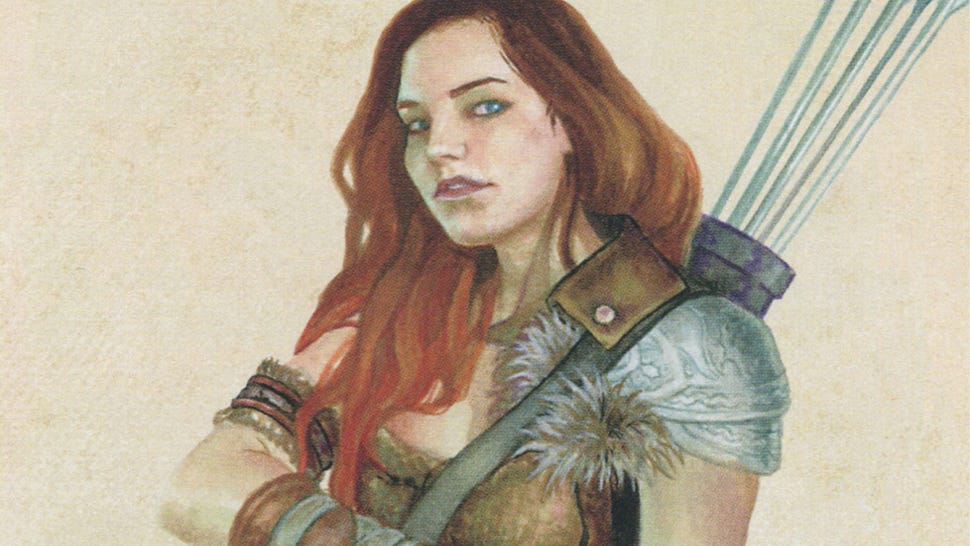
Rangers are probably one of the more specialised classes in Dungeons & Dragons, as they rely on certain abilities that may or may not actually turn out to be useful.
Creating a ranger will have you choosing a favoured enemy, which gives them certain advantages when attacking that type of enemy, and a favoured terrain, granting benefits when moving through that environment. Players can also select a favoured fighting style, which will gain them bonuses when using a certain weapon. All of these decisions enable a lot of player customisation, especially when it comes time to pick between hunter and beast-master specialisations, but it can also lead to a potentially underwhelming character.
If you’re interested in more customisation or specialisation then a ranger is a good shout. However, if you’re somewhat unfamiliar with Dungeons & Dragons, then you might want to gain more experience before picking a ranger. Otherwise, our guide to making a ranger in 5E will be able to lend you a helping hand.
Rogue
Stealth, subterfuge and sabotage
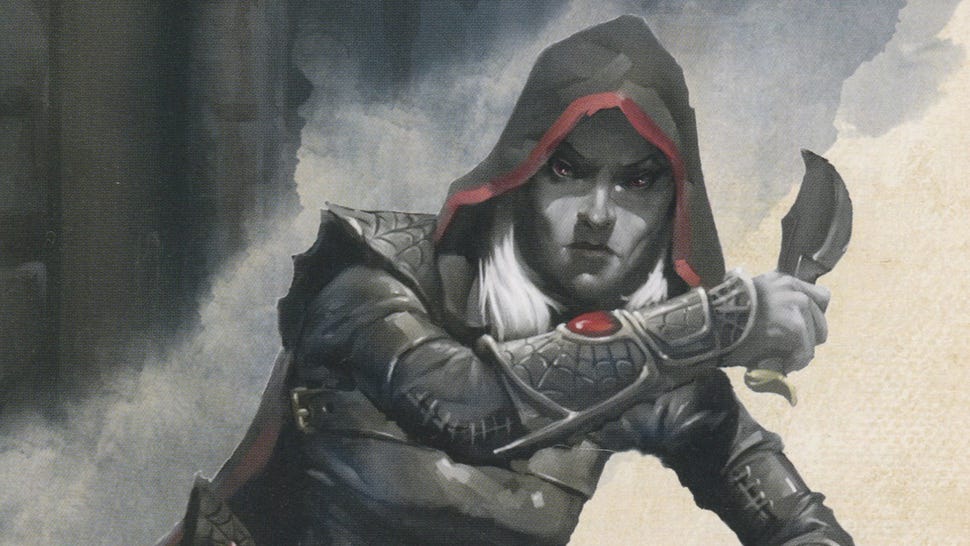
Rogues specialise in surprising deadly foes with devastating attacks that are guaranteed to mess them up one way or another, whether that’s through damage or status effects.
As a D&D class, rogues slip and slide out of danger and are experts in performing stealth, subterfuge and sabotage. The words rogue and sneak attack are entirely synonymous with each other, with any sneaky individual being able to deal extra damage if their enemy is distracted by their allies.
With every level, rogues gain abilities that provide benefits both inside and outside of combat, making them a class with a much greater mix of fighting and utilitarian potential. Additionally, depending on which roguish archetype you decide to specialise in, rogues gain abilities that push them towards either becoming a greater part of the pack or more of a lone wolf.
If it’s sneaky damage-dealing and general skullduggery you’re looking for, embrace the life of the rogue using our rogue 5E guide.
Sorcerer
Endless magic at your fingertips
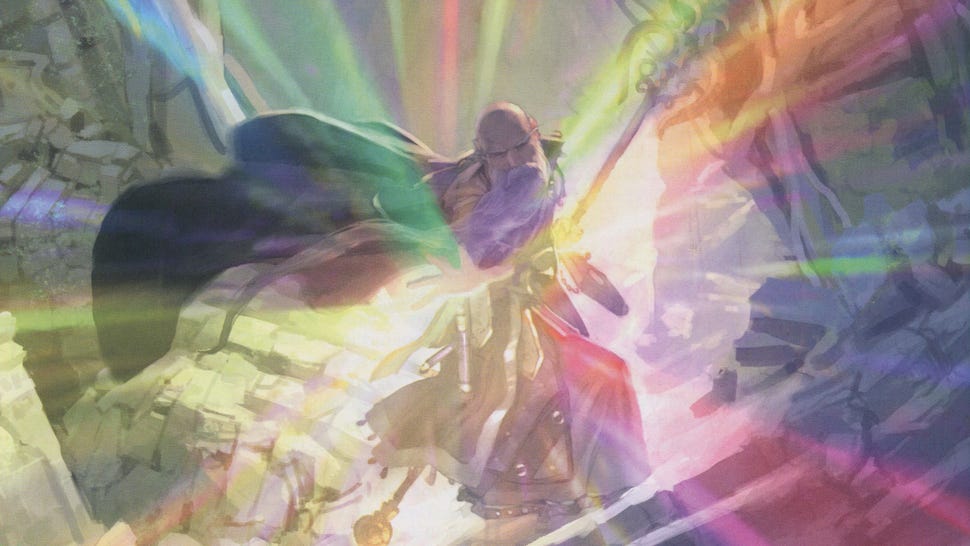
Sorcerers may appear one-note thanks for their focus on spellcasting, they’re one of the more complicated classes to make in Dungeons & Dragons as you have to pick a bloodline origin for their magic. Unless you want to stick to a draconic origin, you’re going to have to venture outside the Player's Handbook for other options.
Usually, we’d advise against looking at anything not included in the Player's Handbook when creating your first character. However, the options for sorcerer origins directly affect what kind of spells you learn and abilities you acquire. This is why, like the ranger, we’d recommend not picking a sorcerer if this is your first time playing D&D.
However, if you really want to play a sorcerer then there are a ton of amazing customisation options to choose from, especially once you get to third level and gain the ability to apply different effects to your spells. Creating a sorcerer is made easier by consulting our 5E guide to sorcerer.
Warlock
Get ready to shout ELDRITCH BLAST!
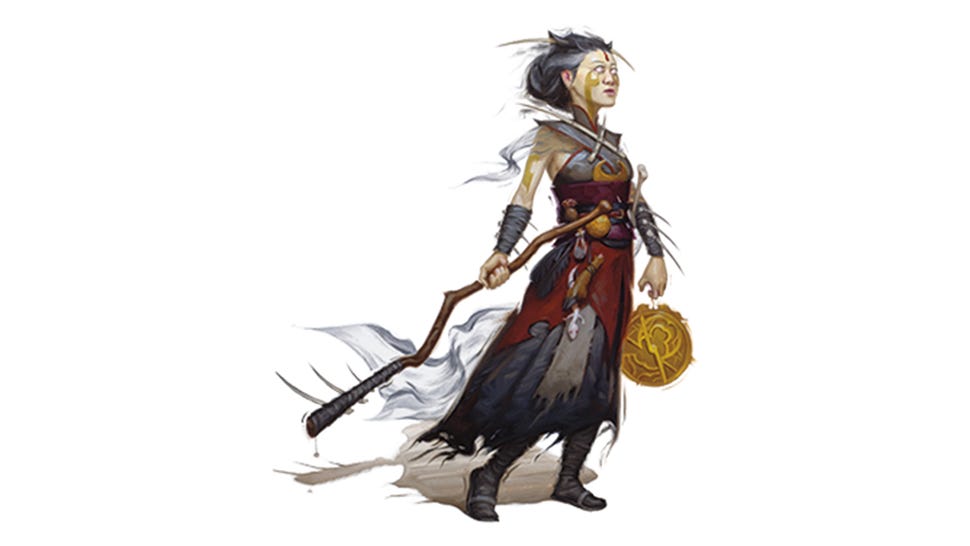
Whereas other spellcasting classes owe their magical abilities to forces of either inherent good or relative neutrality, warlocks get their powers from demons – which are almost always evil.
A lot of the warlock class’s spells and features revolve around disabling enemies and dealing out significant damage. However, the warlock class is a little difficult to pin down and can err on the side of the situational. Nevertheless, they also have the potential to be a lot of fun as with each eldritch invocation your warlock learns - which are spells you gain from learning other spells - you steadily become more formidable.
Warlocks are another one of those D&D classes that require patience before you start seeing the rewards, which have the potential to be great. Players who are willing to invest in their characters in the long-term would do well with a warlock, which they can make using our D&D 5E warlock guide.
Wizard
Knowledge is power

Wizards, like the sorcerer, are mostly dependent upon the spells they learn. It’s a fascinating D&D class because wizards don’t rely on anything other than pure knowledge. A wizard will begin their adventure with their very own spellbook filled with the spells the player has chosen from the available wizard’s spell list. As their adventure continues, a wizard will come across other spells which they can add into their own spellbook.
This is what makes wizards such an interesting class because they don’t have to wait to level-up before gaining new spells. Of course, they’ll get new spells with each additional level gained but these will simply augment whatever spells they’ve already managed to find.
Wizards are more than likely to gain a greater number of spells than any other class in Dungeons & Dragons. They’re also far more customisable and wonderfully unpredictable which is why we wouldn’t advise creating one if this is your very first D&D character.
Nevertheless, the wizard class is entirely designed for those players hungry to get their teeth into the largest available pool of spells in Dungeons & Dragons. You can create a wizard using our 5E guide to wizards.
